Meet the people
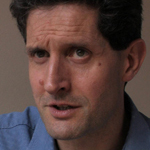 Myles Allen, Atmospheric Physicist
Myles Allen, Atmospheric Physicist
Myles is interested in how human and natural influences on climate contribute to observed changes.
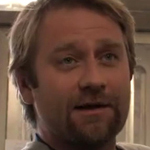 Cliff Atkins, Geologist
Cliff Atkins, Geologist
Cliff extracts glacial history from sediment cores by studying pebble shape and sediment texture and other features.
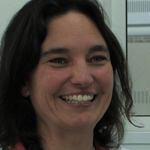 Nancy Bertler, Paleoclimatologist
Nancy Bertler, Paleoclimatologist
Nancy is using ice cores to study climate history over the 20,000 years in the Ross Sea region of Antarctica.
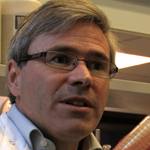 Martin Blunt, Petroleum Engineer
Martin Blunt, Petroleum Engineer
Martin's research interests are in flow through porous media - applications include carbon capture and storage.
 Neil Bowles, Atmospheric Physicist
Neil Bowles, Atmospheric Physicist
Neil works on space experiments for observing the planets and runs lab experiments for data analysis.
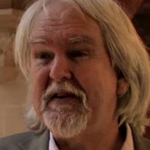 Martin Brasier, Paleobiologist
Martin Brasier, Paleobiologist
Martin has sought to expand our understanding of big transitions in the fossil record.
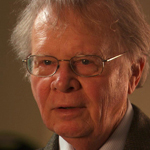 Wallace Broecker, Oceanographer
Wallace Broecker, Oceanographer
Wally has been studying the oceans since 1953 when he began his PhD at Columbia University.
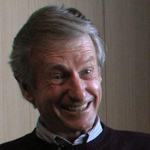 Lionel Carter, Marine Geologist
Lionel Carter, Marine Geologist
Lionel's research centres on the use of cores from the sea floor to understand past changes in global climate.
 Niki Davey, Marine Biologist
Niki Davey, Marine Biologist
Niki studies sea cucumbers, an important part of the biomass and biodiversity of the oceans.
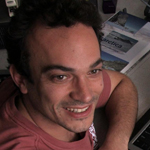 Dan Dixon, Paleoclimatologist
Dan Dixon, Paleoclimatologist
Dan's research is focused on the reconstruction of Antarctic climate from chemistry in snow and ice cores.
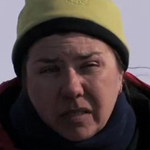 Katie Dugger, Ecologist
Katie Dugger, Ecologist
Katie studies the effects of changes in landscape and climate on foraging ecology and survival of animals.
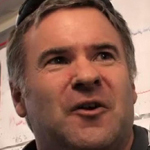 Gavin Dunbar, Geologist
Gavin Dunbar, Geologist
Gavin has worked on sediment cores form the tropics to the poles, using geochemical techniques to estimate past temperature.
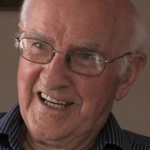 Sir Lloyd Geering, Theologian
Sir Lloyd Geering, Theologian
Sir Lloyd continues to be one of NZ's more controversial theologians, debating religious and secular issues.
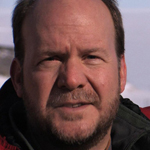 David Harwood, Geologist
David Harwood, Geologist
Dave is an expert in dating rocks with microfossils, especially diatoms (marine algae).
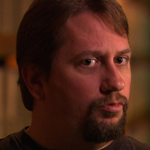 Matthew Huber, Paleoclimate Modeller
Matthew Huber, Paleoclimate Modeller
Matt works to improve our understanding of Earth's warmer past with models used for modern climate.
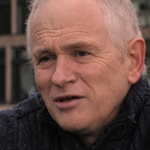 Philip Jones, Climatologist
Philip Jones, Climatologist
Phil is known mainly for the 150-year-long monthly time series of global surface temperatures.
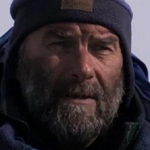 Brian Karl, Ecology Technician
Brian Karl, Ecology Technician
Brian has been monitoring Adelie penguins, their foraging, diet and movements for the last 22 years.
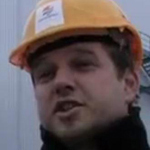 Daniel Koseli, Engineer
Daniel Koseli, Engineer
Daniel works with Fabian Moeller as an engineer monitoring CO2 injection into strata 600 m below ground level near Berlin.
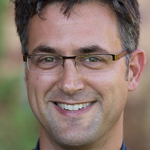 Anders Levermann, Climate Scientist
Anders Levermann, Climate Scientist
Anders uses computer models to study the behaviour of the Earth System with a particular interest in tipping points.
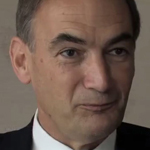 Adrian Macey, Former NZ Climate Change Ambassador
Adrian Macey, Former NZ Climate Change Ambassador
Adrian was until recently Vice-Chair (then Chair) of the UN Climate Change negotiations (Kyoto Protocol track).
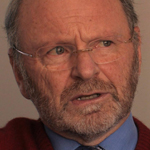 Martin Manning, Atmospheric Chemist
Martin Manning, Atmospheric Chemist
Martin led NZ's greenhouse gas research for over 20 years, then directing IPCC's WG-1 Technical Support Unit.
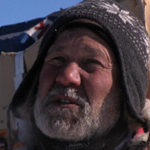 Paul Mayewski, Paleoclimatologist
Paul Mayewski, Paleoclimatologist
Paul has led researchers investigating climate history in both the Arctic and the Antarctic for 4 decades.
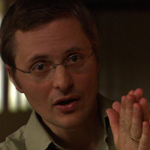 Malte Meinshausen, Climate Modeller
Malte Meinshausen, Climate Modeller
Malte models the cause & effect chain from CO2 emissions to temperatures to climate change impacts.
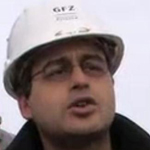 Fabian Moeller, Engineer
Fabian Moeller, Engineer
Fabian works with Daniel Koseli as an engineer monitoring CO2 injection into strata 600 m below ground level near Berlin.
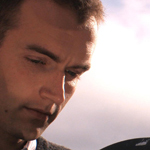 Hugh Mortimer, Atmospheric Physicist
Hugh Mortimer, Atmospheric Physicist
Hugh is now directing his research to developing satellite instrumentation to study the Earth’s atmosphere.
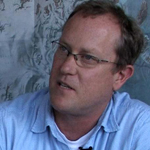 Timothy Naish, Geologist
Timothy Naish, Geologist
Tim's main research interest is the past behaviour of Antarctic ice sheets over millions of years.
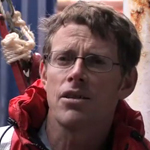 Scott Nodder, Marine Biologist
Scott Nodder, Marine Biologist
Scott's research includes iron cycling, carbon fluxes in marine ecosystems and ocean time-series observations.
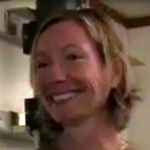 Lisa Northcote, Marine Technician
Lisa Northcote, Marine Technician
Lisa provides analyses for projects on water, sediment and life in the oceans around New Zealand.
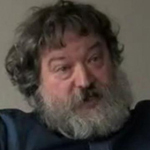 Ray Pierrehumbert, Atmospheric Physicist
Ray Pierrehumbert, Atmospheric Physicist
Ray enjoys developing idealized mathematical models for addressing the big questions about Earth's climate.
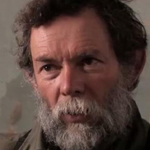 Alex Pyne, Polar Drilling Technologist
Alex Pyne, Polar Drilling Technologist
Alex has been developing polar field and drilling equipment and managing operations for over 30 years.
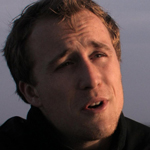 James Rae, Oceanographer
James Rae, Oceanographer
James' hiking and surfing in Scotland stimulated his interest in cold water, mud and the environment.
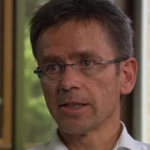 Stefan Rahmstorf, Ocean Modeller
Stefan Rahmstorf, Ocean Modeller
Stefan studies the role of the oceans in climate change and is co-founder of the www.realclimate.org blog
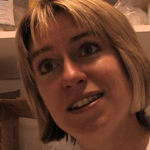 Ros Rickaby, Biochemist
Ros Rickaby, Biochemist
Ros is fascinated by the interactions between organisms, ocean chemistry, atmospheric composition and climate.
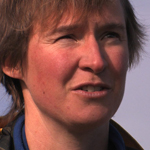 Katja Riedel, Atmospheric Physicist
Katja Riedel, Atmospheric Physicist
Katja's main research interests are greenhouse gases in the atmosphere and in ice cores.
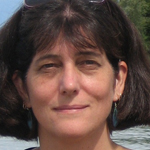 Liz Sikes, Paleoceanographer
Liz Sikes, Paleoceanographer
Her main interest is the study of the climate variability in the ocean over thousands of years.
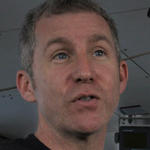 Craig Stevens, Oceanographer
Craig Stevens, Oceanographer
Craig works on boundary layer problems, particularly ocean-atmosphere and ocean-sea ice interactions.
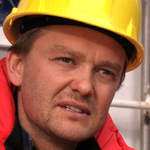 Craig Stewart, Oceanographer
Craig Stewart, Oceanographer
Craig studies ocean structure and currents by leaving recording instruments tethered on deep ocean moorings.
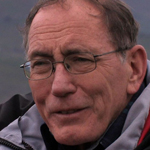 Lonnie Thompson
Lonnie Thompson
Lonnie's observations of glacier retreat in the last three decades show that glaciers around the world are melting.
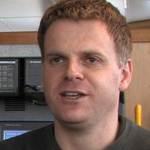 Mike Williams, Physical Oceanographer
Mike Williams, Physical Oceanographer
Mike's research focuses on how ocean and ice, including ice shelves and sea ice, interact around Antarctica.
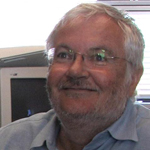 Tony Williams, Meteorologist
Tony Williams, Meteorologist
Tony has been a weatherman for 43 years and still finds it fascinating.
The Production Team
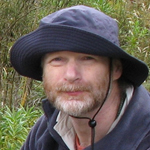 Simon Lamb, Producer/Director/Photographer
Simon Lamb, Producer/Director/Photographer
Simon developed the concept, filmed most of the interviews, made the website clips and much of the film.
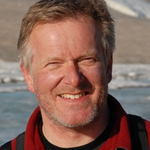 David Sington, Producer/Director
David Sington, Producer/Director
David provided oversight in the early stages, shaped an early version and led the completion of the film.
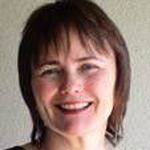 Catherine Fitzgerald, Co-producer
Catherine Fitzgerald, Co-producer
Catherine provided critical guidance at key stages during both film production and website development.
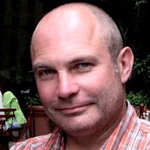 David Fairhead, Editor
David Fairhead, Editor
David worked with David Sington in editing successive versions of the film.
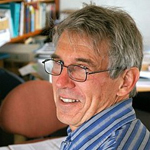 Peter Barrett, Executive Producer
Peter Barrett, Executive Producer
Peter worked with Simon on the concept and making arrangements with scientists, especially for filming in Antarctica.
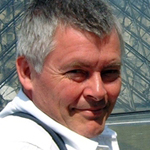 Philip England, Executive Producer
Philip England, Executive Producer
Philip arranged funding to establish the project and provided oversight throughout.
